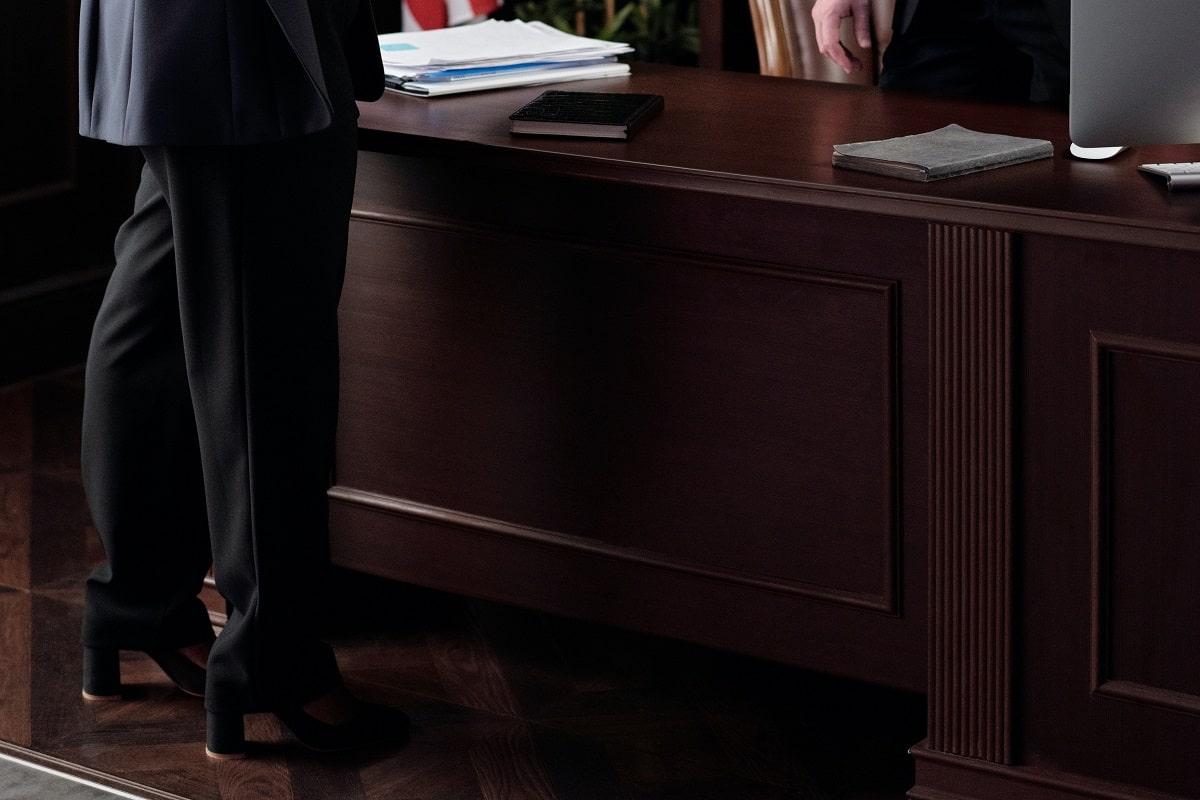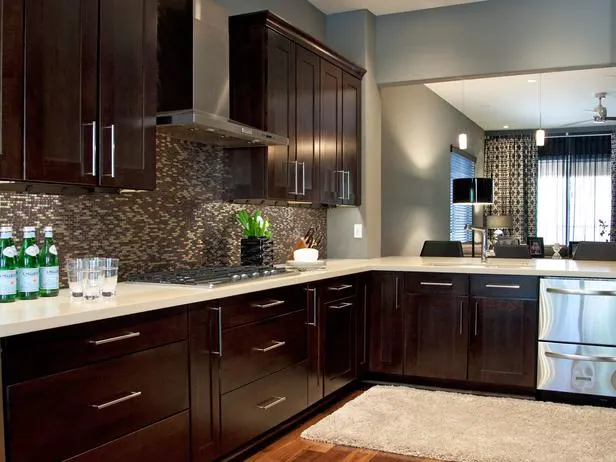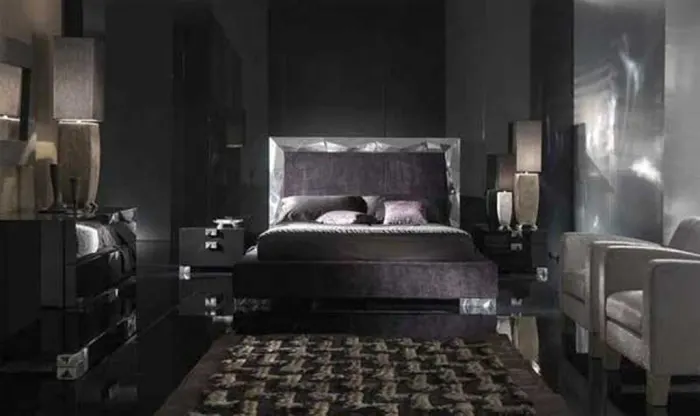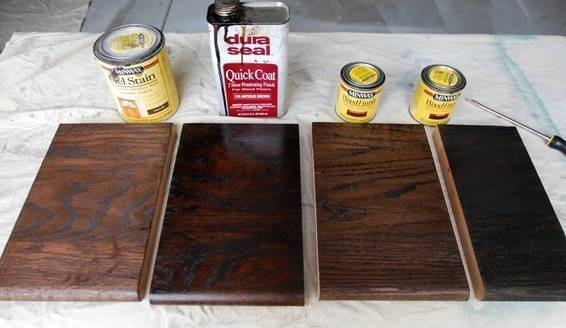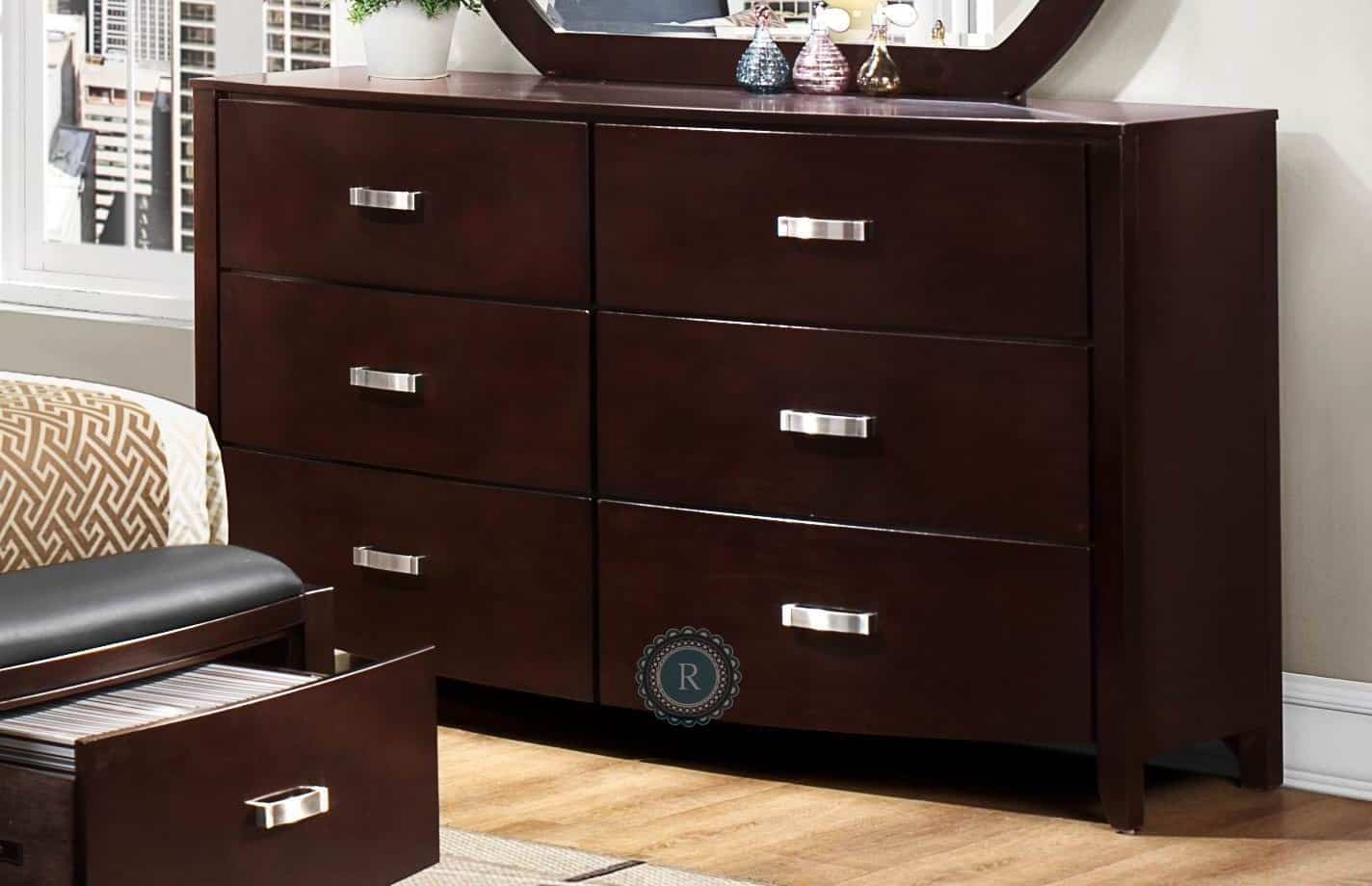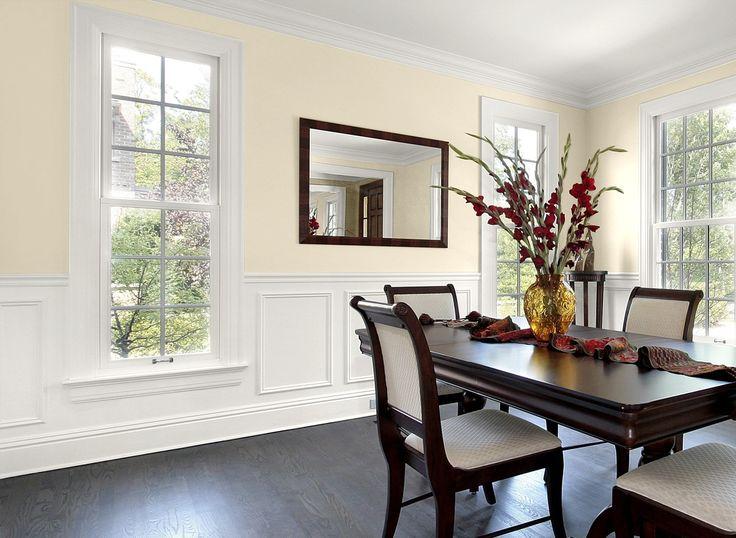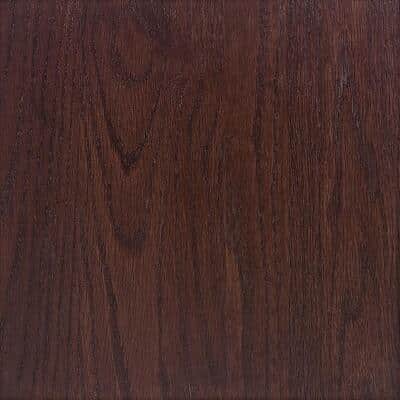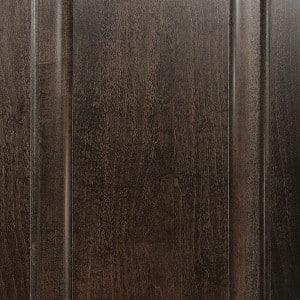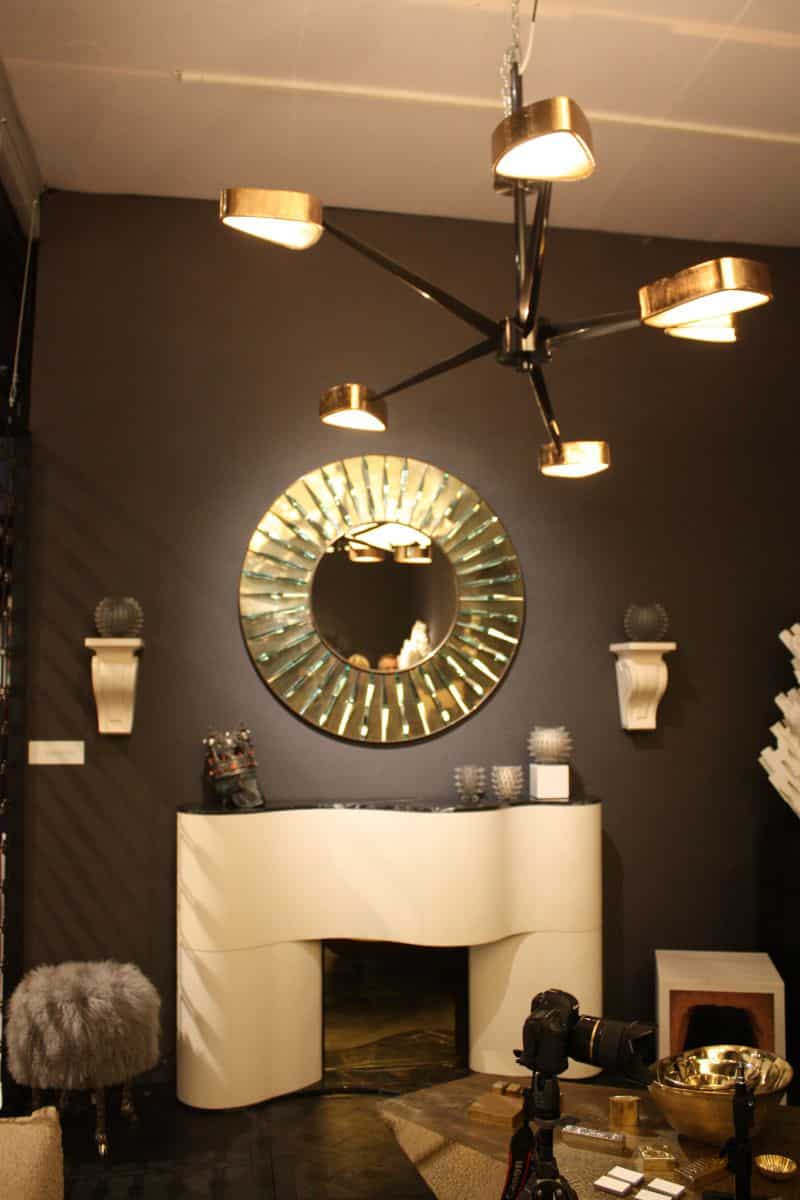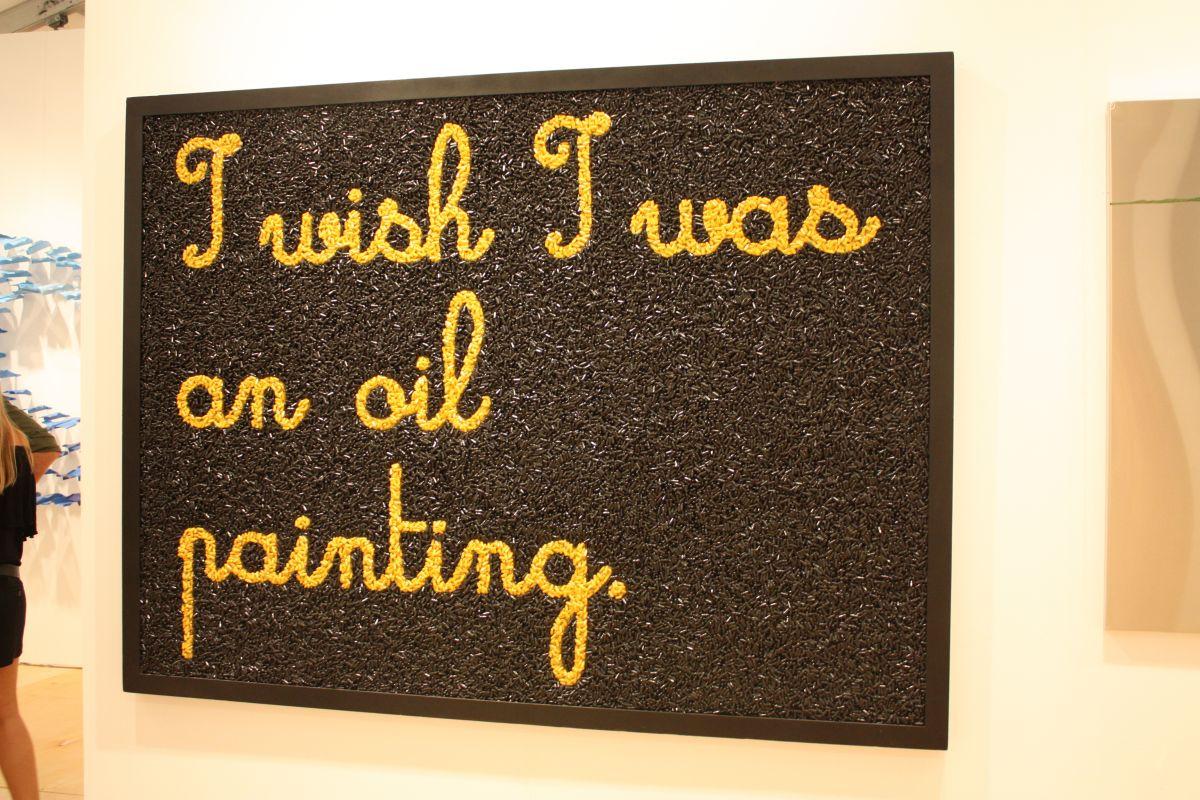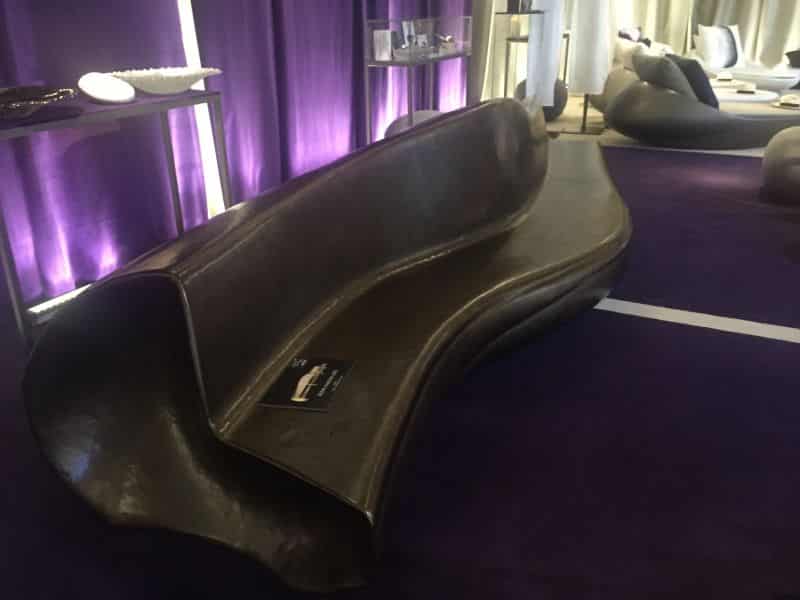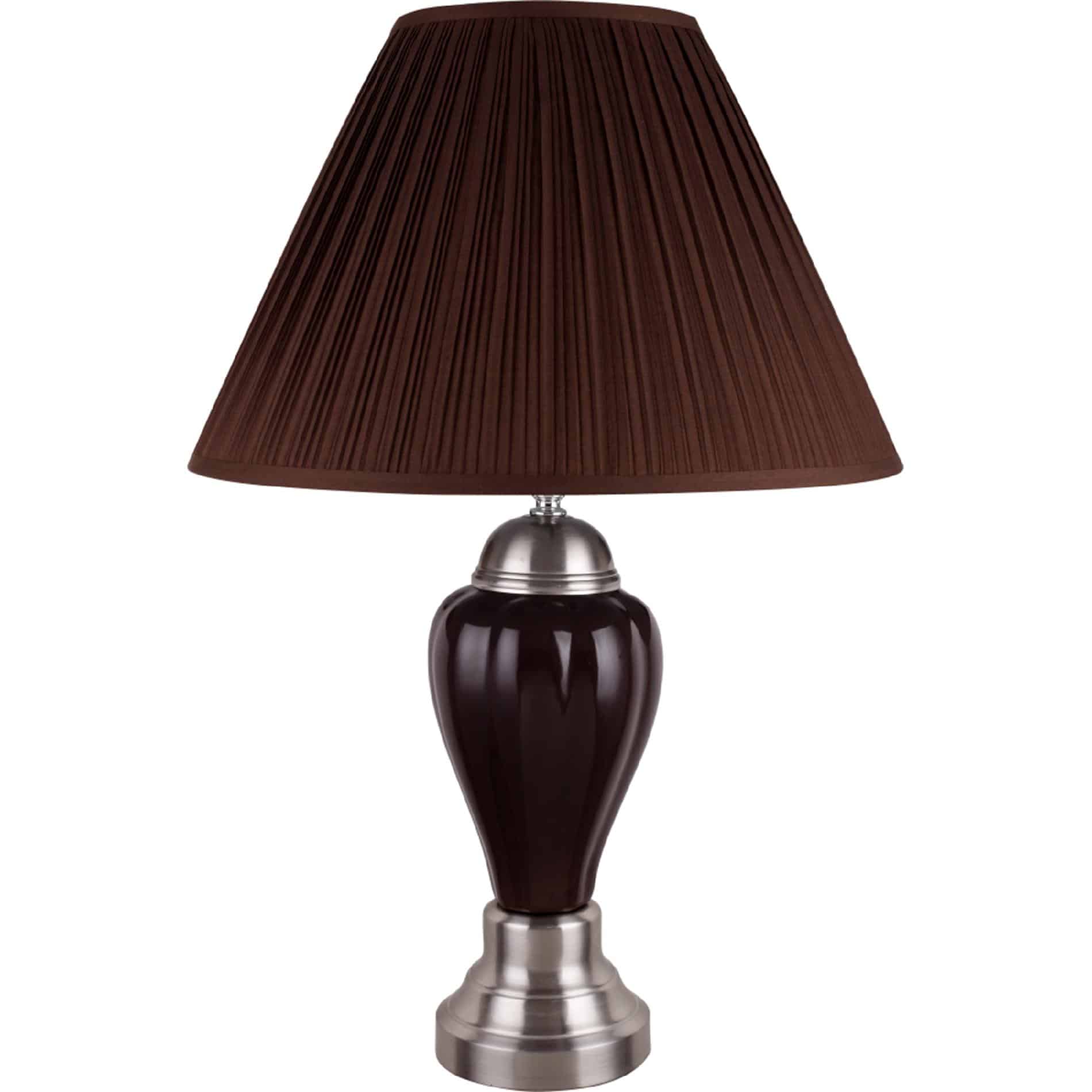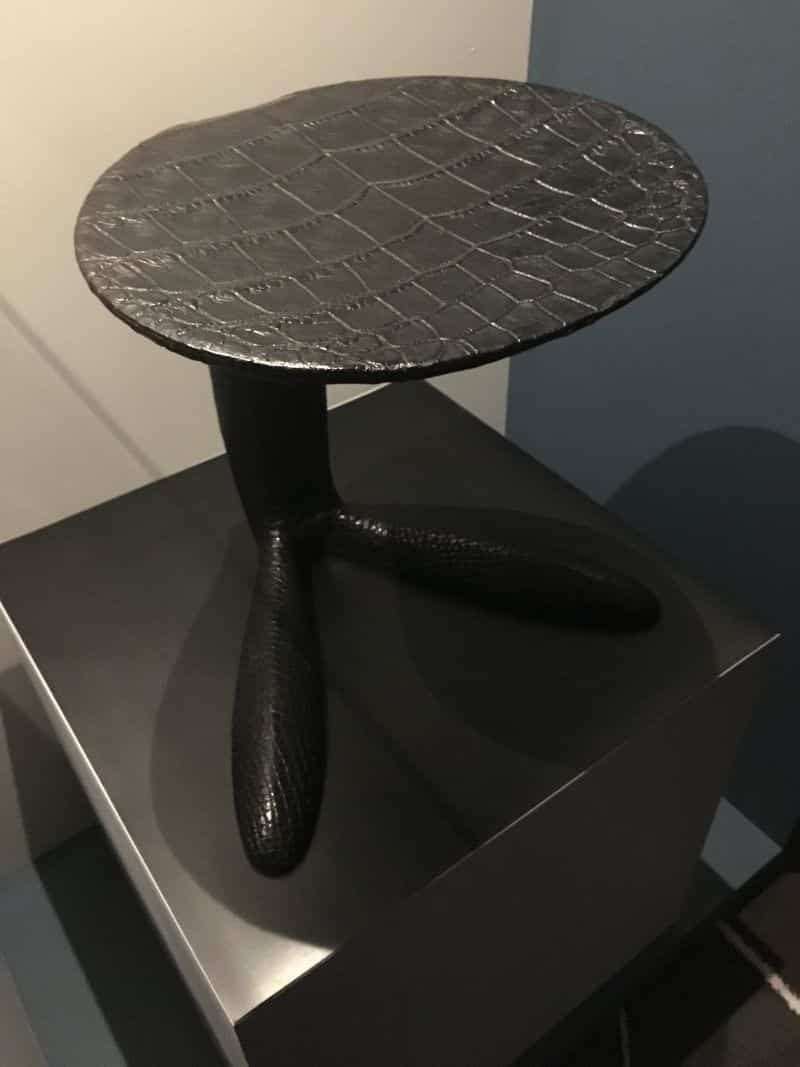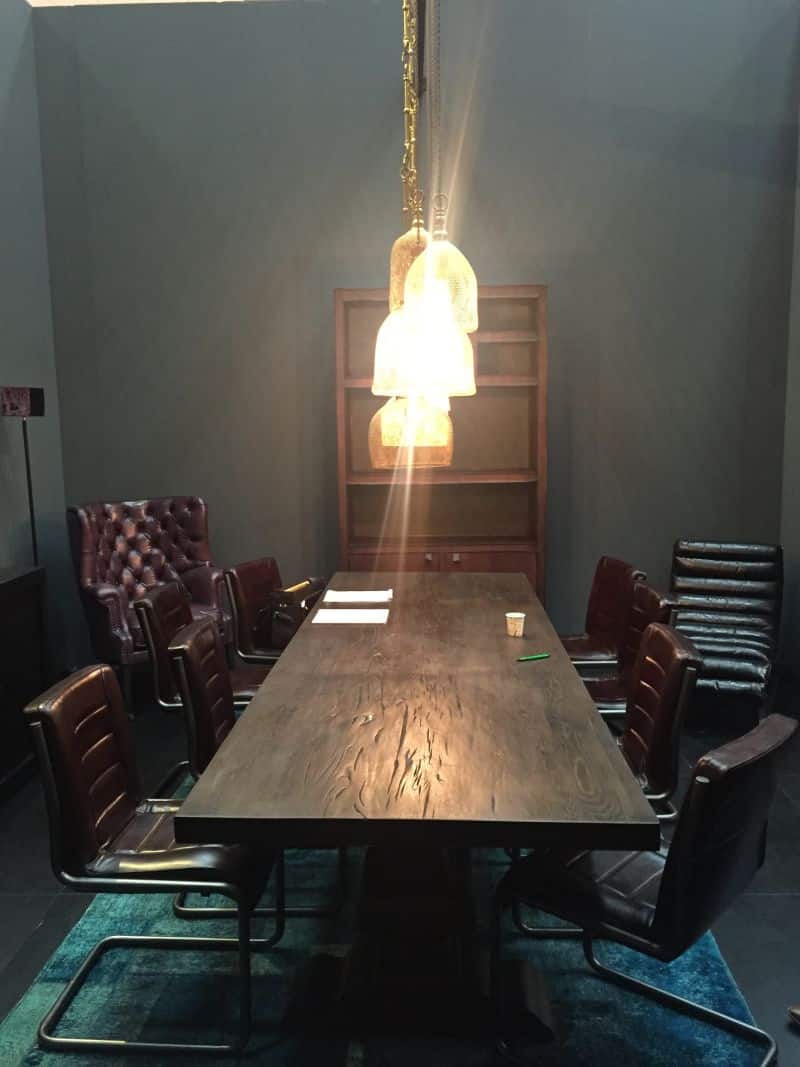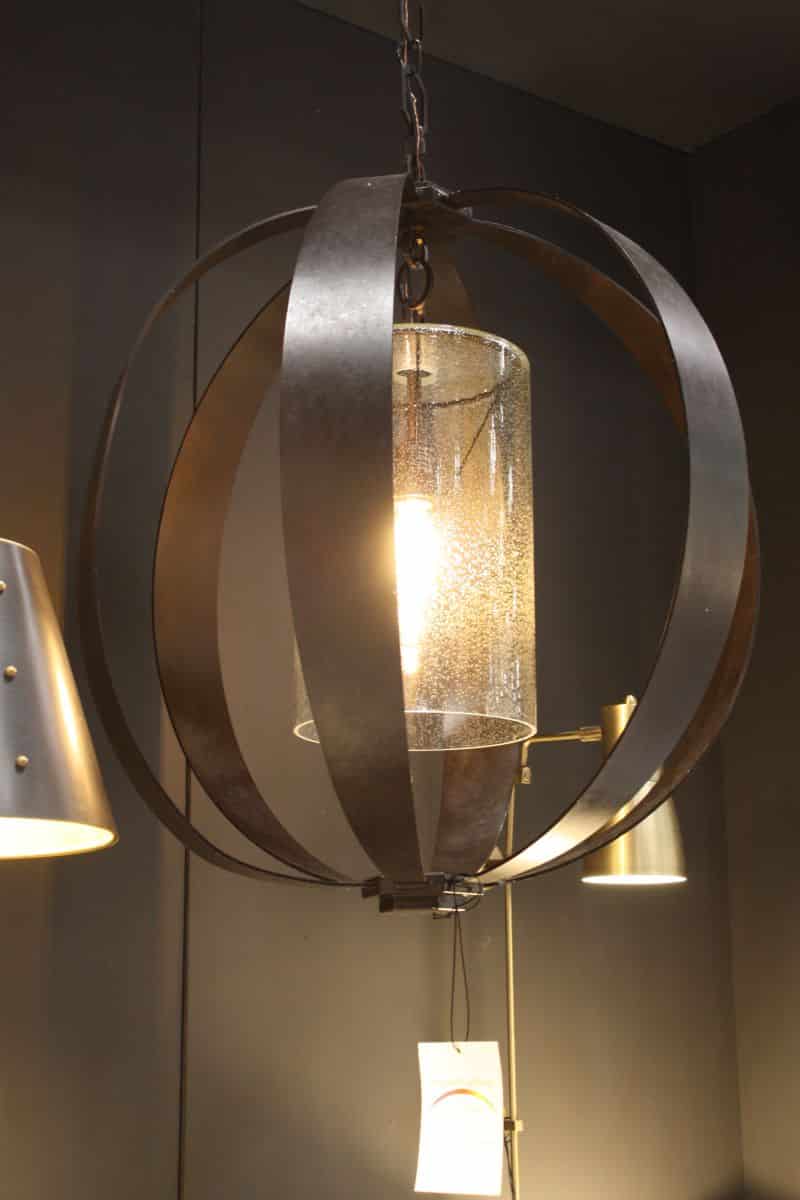Color is one of the most powerful factors that help create the perfect setting and mood for any occasion.
For centuries, interior decorators and designers have been stressing the importance of color and its use for different purposes. Indeed, different colors serve different purposes.
In most cases, people prefer going with neutral colors, such as various shades of grey or brown. It is because neutral shades help create a cleaner, larger, and more airy environment.
However, espresso color has also become a popular favorite, replacing the more traditional grey interiors. So, if you are planning to get your interiors redecorated and try something new, espresso can be a great choice.
We will help you learn all you can about this excellent color choice before making a final decision. Without further ado, let’s get started.
What Is The Espresso Color?
Espresso color has become one of the most popular shades for interiors, especially for wooden furniture.
The color takes its name from one of the most popular variants of the world’s second-favorite morning beverage and has a deep dark hue between brown and black. Most people generally mistake this color for black as it is a very dark shade of brown. In some cases, furniture pieces in shops are even listed as black even though their actual shade is espresso.
That said, the espresso color is reminiscent of roasted coffee beans. It is most commonly used for wooden furniture, such as cabinets, chairs, tables, and so on. Under direct lighting, the espresso color generates reddish hues, with warm undertones of red and gold.
How Lighting Affects Color
Lighting plays a very crucial role in how we perceive color. Different types of lighting, or even the same type of lighting in various arrangements, can make the same color appear different altogether.
That is why the actual hue of any furniture that uses the espresso color will depend upon the type of lighting in the room. Espresso generally appears to be black, with chocolate tones and looks like dark coffee with light creamer.
However, in different types of lighting, such as sunlight, the brown tones, and reddish hues become more visible to the naked eye. This variation in the espresso color due to different types of lighting makes it ideal for several different uses.
The Best Way To Use Espresso Color
The most popular way of using espresso color is by staining surfaces — primarily wooden. It is common to find furniture and fittings, such as cabinets and drawers, that have not been painted but stained. These fittings do not require stripping and sanding down, and you can get down to the finishing business.
However, staining furniture such as tables or fittings, like cabinets, can be time-consuming and take a lot of effort. Still, it is an excellent option for DIY enthusiasts who want to create the perfect look themselves.
Advantages Of Using The Espresso Color For Staining Furniture
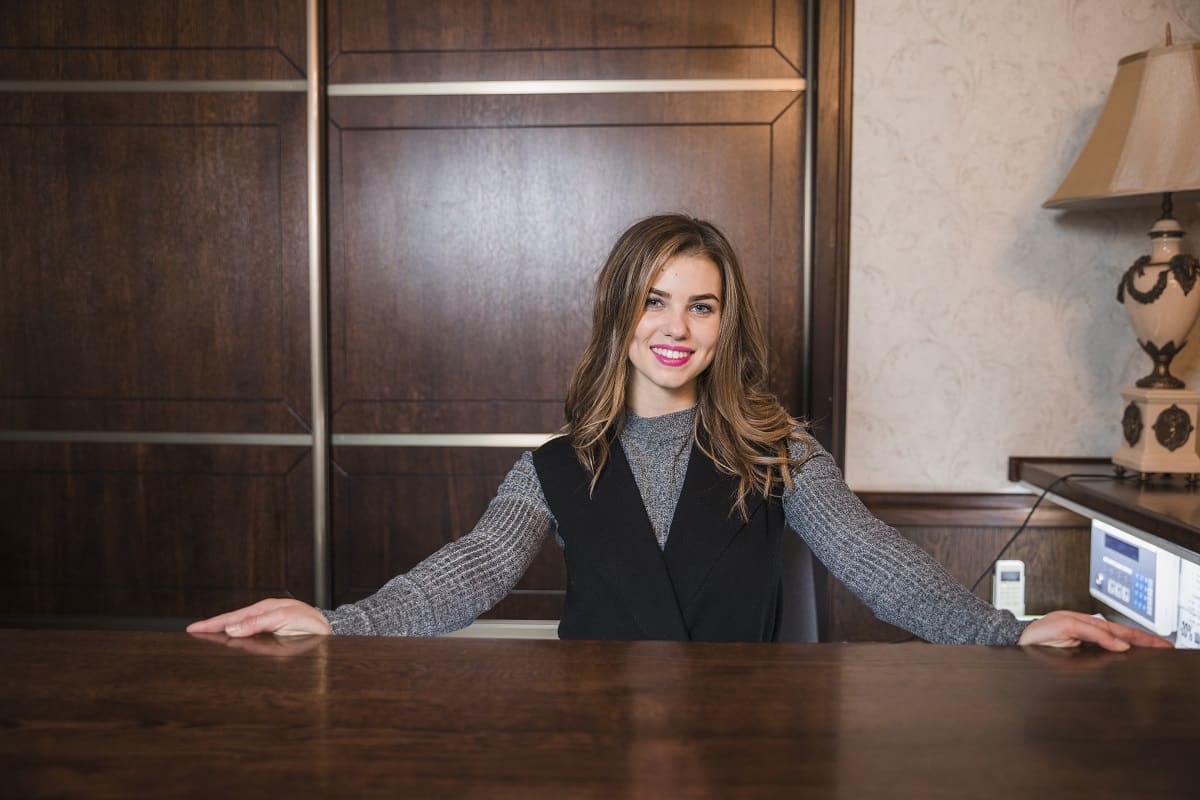
Espresso is generally used for staining wooden furniture because it offers several benefits over other options. Here are some of the benefits of using the espresso color for furniture:
1. Espresso Is A Neutral Color
Neutral colors are highly versatile, and espresso is no exception. It can be used in any color combination or scheme in residential or corporate environments. Also, since it is so versatile, it does well with several other colors. Indeed, finding a shade that goes with it is not difficult.
2. The Espresso Color Combines Practicality And Convenience
Wooden furniture often tends to gather a lot of dust and grime, especially in dry weather. The advantage that the espresso color offers, in this case, is that dirt won’t be too visible. It hides the presence of dust and dirt that stands out vividly in most other colors. In other words, your espresso-stained furniture will tend to look cleaner and tidier than others.
3. Espresso Is One Of The Most Elegant Colors
Classic furniture tends to look great in espresso. This color adds a touch of class and elegance to all types of furniture pieces. Not only that, but it also offers the perfect combination of modernity and boldness for modern furniture arrangements. Needless to say, you can use it for both classical and contemporary settings with excellent results.
4. Espresso Helps Balance The Color Scheme
Espresso can be the perfect color to help balance intense shades. For instance, the heaviness provided by black can be offset by the slightly lighter espresso shade. Similarly, it will also blend other colors in the room to create a balanced look. It is one of the main reasons this versatile shade can be used in such a variety of locations.
5. Espresso Is One Of The Noble Colors
Noble colors are those that are generally used for decorative purposes while signifying high standards. Royal blue, purple, and gold are some of the other noble colors. Espresso can also be included among the noble colors as it does not require any additional decor.
6. Espresso Works Perfectly With Other Colors
The espresso color can easily be paired with most other colors. It works excellently with much brighter and bolder shades by bringing in a calmer, more neutral appearance. Alternatively, darker colors can help add a sense of depth and gravity.
7. Espresso Provides A Feeling Of Coziness
Taking its name from coffee, espresso automatically generates a feeling of warmth. It is also a color that is associated closely with edibles and treats, such as chocolate. That is why espresso is so good at creating a soothing effect. Espresso-colored furniture helps provide a sense of peace and relaxation in all types of situations.
Espresso And Other Colors
As mentioned earlier, the espresso color is often confused with other similar hues. It is partly because, in most conditions, espresso appears to be almost black. However, there is a subtle difference between espresso and black.
1. Espresso, Black, and Ebony
Furniture pieces that are usually listed as black are, in fact, espresso colored. Being the darkest shade of brown, espresso can easily pass for black. On the other hand, an ebony finish provides a straight black appearance. That said, ebony can be used synonymously with black.
2. Espresso and Cappuccino
Espresso is often used as a base for the iconic coffee drink cappuccino. The word “cappuccino” itself comes from the Capuchin monks and nuns of the 17th Century, who wore robes with red hoods.
Coffee beverages were called cappuccinos because of their similar color. Unlike espresso, the capuchin color is a mixture of red and brown. On the other hand, espresso, as mentioned above, has a much darker shade of brown, almost black.
Before the development of the espresso color, the capuchin color was traditionally used to stain wooden furniture. The deeper dark brown color of espresso has become much more popular than capuchin.
Using The Espresso Color To Enhance The Ambiance
The espresso color is one of the best colors to use on wooden furniture. Here are some of the ways you can enhance your room’s ambiance using this excellent color.
1. Utilize Dark Shades
To create a serene and peaceful look, combine espresso furniture with deep or dark-colored floors. For instance, you can use deep blue slate flooring with an espresso sofa for a moody retreat.
2. Use A Monochromatic Color Scheme
To create an intimate and cozy ambiance, try to bring out the monochromatic colors of espresso. For smaller spaces, it is better to use espresso furniture on the darker side and close to black instead of brown. Additionally, use a different shade of espresso on the walls and the cabinet to create a contrasting decor.
3. Using Ivory And Cream Colors
One of the best combinations to use espresso with is ivory and cream colors. This color scheme helps in adding warmth and elegance to even the gloomiest spaces. It provides a classic look while also providing a minimalist approach.
4. Making Use Of Gray Furniture
Both espresso and gray are neutral colors that are suitable in a wide variety of locations. These colors are most suitable for bringing a sense of peace and calmness. Combining them can also multiply the possibilities where you can use these colors.
Types Of Wood That Go With Espresso Color
In general, espresso color is most suitable for different types of wooden furniture; however, like with all colors, espresso works better with certain kinds of wood than others. Let us look at some of the types of wood that are perfect for use with espresso.
1. Hard Maple
Hard maple is one of the most popular surfaces on which espresso color can be used. It has not only the perfect shade but also the proper fiber density. It can quickly soak up the espresso stain, which helps in creating the ideal appearance.
One of the primary reasons maple makes such a good surface for espresso is its lighter color. Due to this fact, it can accept the darker espresso color more readily, and the resultant contrast makes this type of wood great for espresso stains.
2. Red Oak
Another excellent option for creating espresso strains is red oak, one of the most naturally vibrant types of wood. However, its grain is barely visible to the naked eye, and staining it with espresso also tends to make it duller.
However, espresso gives a unique look to red oak, which is quite popular with homeowners, interior designers, and decorators. Red oak stained with espresso has red overtones, which can be great for home and office spaces.
3. Cherry
Cherry wood is one of the darker types of wood but has a natural luminosity to it. In such a case, the wood does not have any visible grains, which most modern designers prefer. Staining it with espresso will do the trick if you want to create a planer, more straightforward look.
The simple, minimalistic look is suitable for locations such as modern kitchens.
Adding Espresso To Your Interior Design
Espresso can be used in several different ways to improve the appearance of your home or office space.
1. Using Espresso WIth Metallic Accents
The deep rich color of espresso pairs perfectly with metallic components. It allows you to use it on different objects, such as an espresso lampshade with a brass or gold lamp base. Using espresso with metallic accents and wood-based color combinations helps create a dramatic setting in any room while also helping showcase modern design elements.
2. Message Mats
The richness and depth of the espresso color make it ideal as a highly versatile color. The darker shade helps create the perfect canvas for such a purpose. One of the ways you can make use of this is by creating customized mats with personal mottos or famous quotes. Use the espresso color as the backdrop with the quotes or mottos in a lighter color for the best effect.
3. Sofa Seatings
In certain situations, black can appear too heavy, while any lighter shade might distract from the ambiance you are trying to create. In such cases, espresso is a perfect choice as it is neither too heavy nor distracting. Using espresso with other dark colors can help make a nuanced appearance while using it with lighter shades can help create contrast.
4. Espresso Lamps
It is more difficult to find furniture with a jet-black finish than with espresso ones. Using espresso to decorate an interior helps reduce an extraordinarily stark and forbidding contrast. Additionally, espresso wood grain also provides hard geometric shapes with a softer, more organic look. That is why for objects such as lampshades, espresso is perfectly suited.
5. Espresso Textured Furniture
While black is the first preference for textured furniture, such as a gator skin side table, espresso can do the job even better. It helps create a layered look, and the highly reflective surfaces on glossy surfaces can make textures stand out in detail. Different types of textures stand out vividly when paired with the espresso color.
6. Espresso Collage
Espresso is often called by other names, such as mocha and chocolate. Paint brands generally have their name for the espresso color. The cozy and warm shade is perfect for art pieces and wall decor. Even objects such as a collage can be made to draw attention using the espresso color against a lighter background.
7. Espresso And Rose Decor
In any color scheme that has different shades of brown, espresso automatically becomes the most serious one. The monochromatic space has a sense of depth and balance, which can help ground spaces in reality. For instance, decorating a room with a rose color can create an otherworldly appearance. In such a scenario, espresso can help in mellowing it down.
8. Espresso Furniture
Espresso is usually associated with warmth due to its chocolate overtones. This association with food makes it perfect for a wide variety of dining and living room furniture. The dark shade looks fantastic on dining room tables and chairs. Similarly, it can also be used on statement furniture or unique pieces of furniture while being paired with lighter colors to set contrast and introduce gravity.
9. Espresso Fixtures
Espresso’s popularity first peaked during 2014-15, offering a modern, chic, and bold color option. Since then, it has become quite common to find espresso color on various kinds of furniture pieces, accessories, and fixtures. For example, lighting fixtures can use espresso with metallic accents, which creates a sense of style and modernity.
10. Espresso Flooring

Besides furniture, espresso can also be easily used on floors, especially when espresso on furniture might create an overwhelming appearance. One of the most popular espresso flooring options is hardwood, suitable for vintage and modern settings. You can even use a rug to add some color to create a softer look.
11. Espresso Wall Color
Due to the darkness of the color, using espresso as a wall color requires some care. However, if the process is completed correctly, it can be advantageous. It is recommended to use dark colors in larger rooms that have vaulted ceilings. This color can help make such spaces feel cozy and intimate.
Final Thoughts
Espresso has become one of the most used colors for interior decoration purposes in recent times. Its highly versatile nature allows it to be used in several different settings, both traditional and modern.
Besides furniture, espresso color schemes can also be incorporated into any space through different objects, such as flooring, décor objects, etc. Additionally, using espresso with other colors is also easy and opens up numerous possibilities
Let us know your thoughts about this excellent color and how you plan to incorporate it into your décor scheme. Until next time!
Related Links
What Color Goes With Chocolate Brown
What Color Goes With Navy Blue And White
What Color Goes With Purple And Green
What Color Goes With Black And Gold
What Color Goes With Tiffany Blue
Hard Hat Color Codes & Their Meanings
5 Best Paper for Prismacolor Pencils
9 of the Best Colored Fineliners to Consider
7 Best Watercolor Sketchbooks Reviewed
What Color is Mikado and How You Can Use
What Walnut Color is and How It`s Used in Home Décor Today
What Color is Teal and How You Can Use It in Your Home Decor



